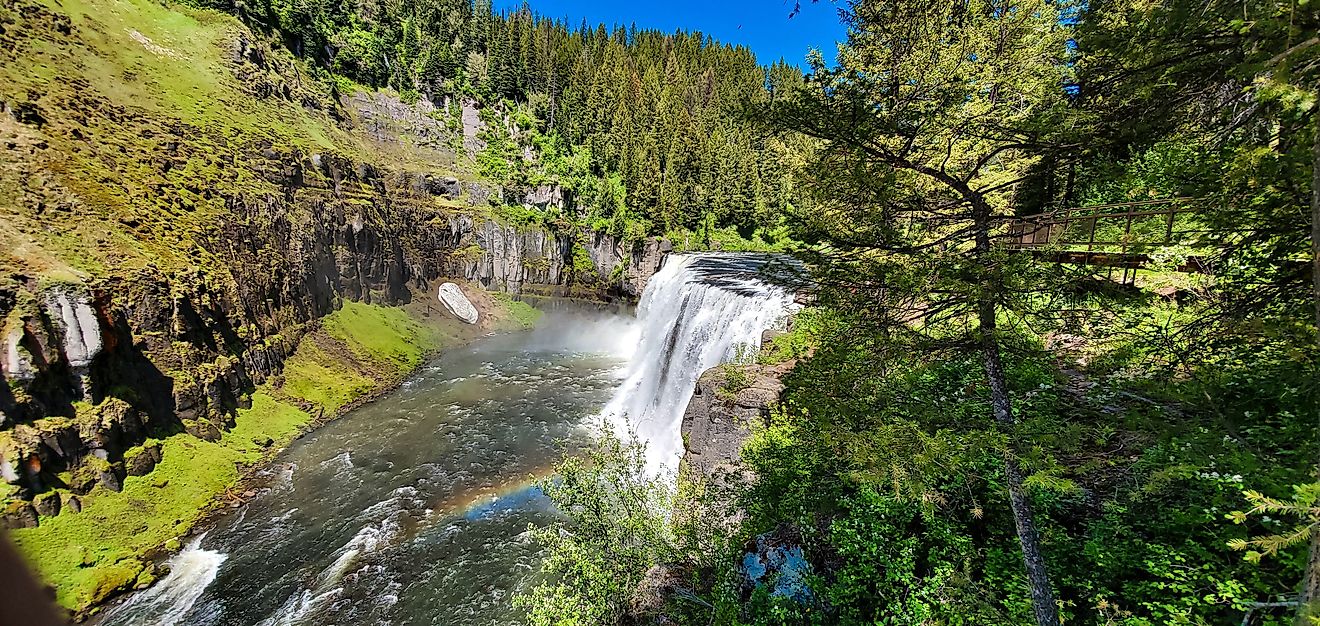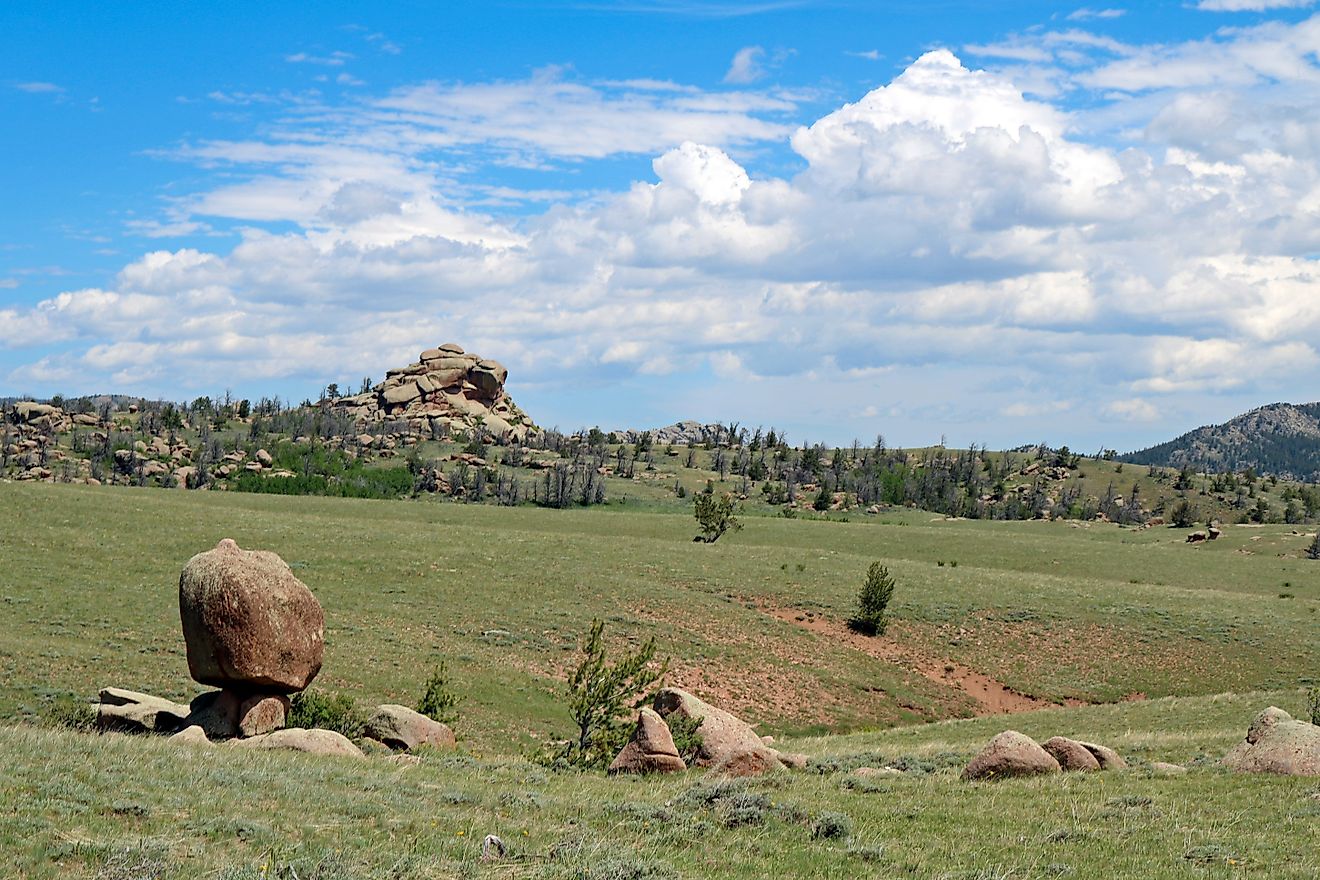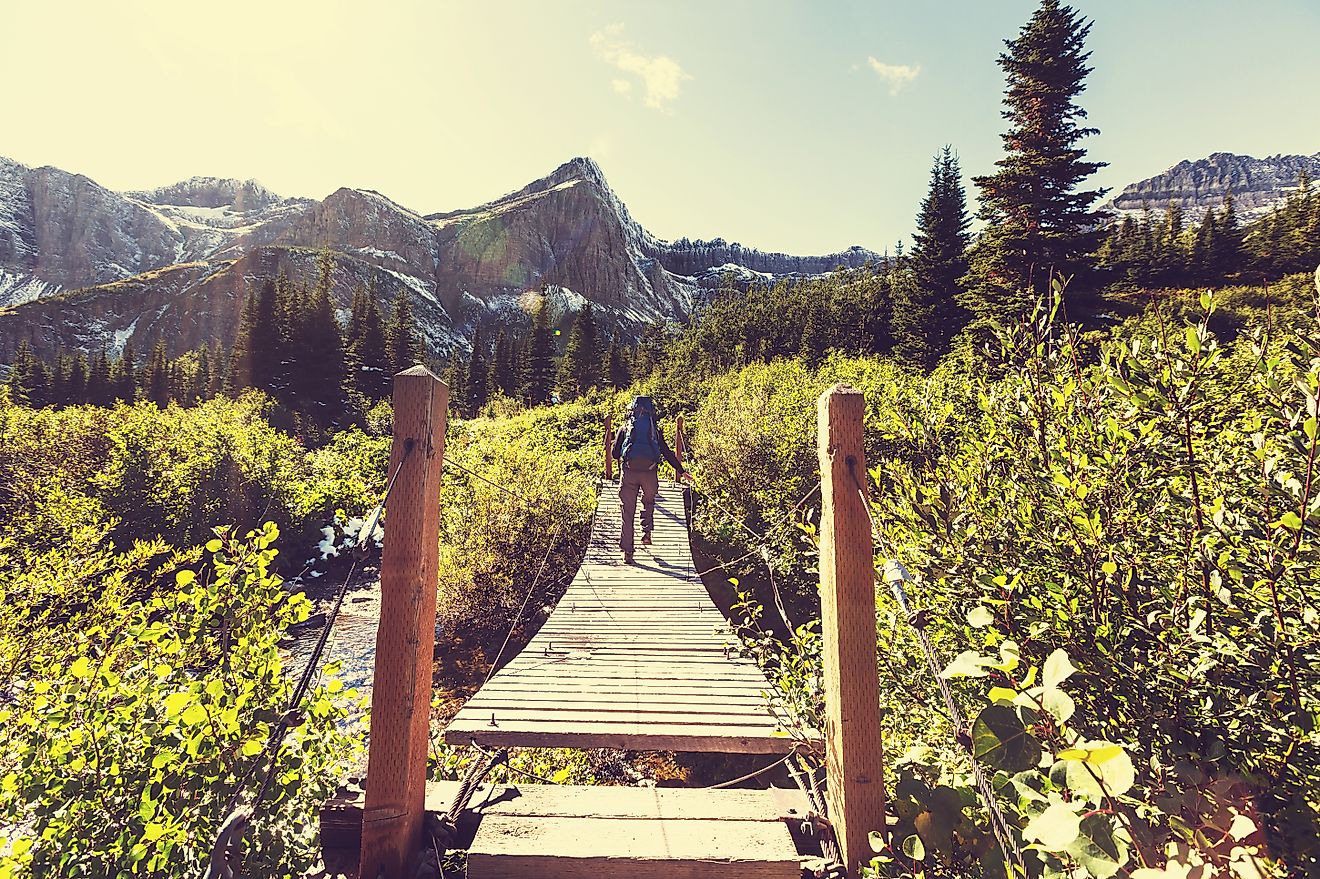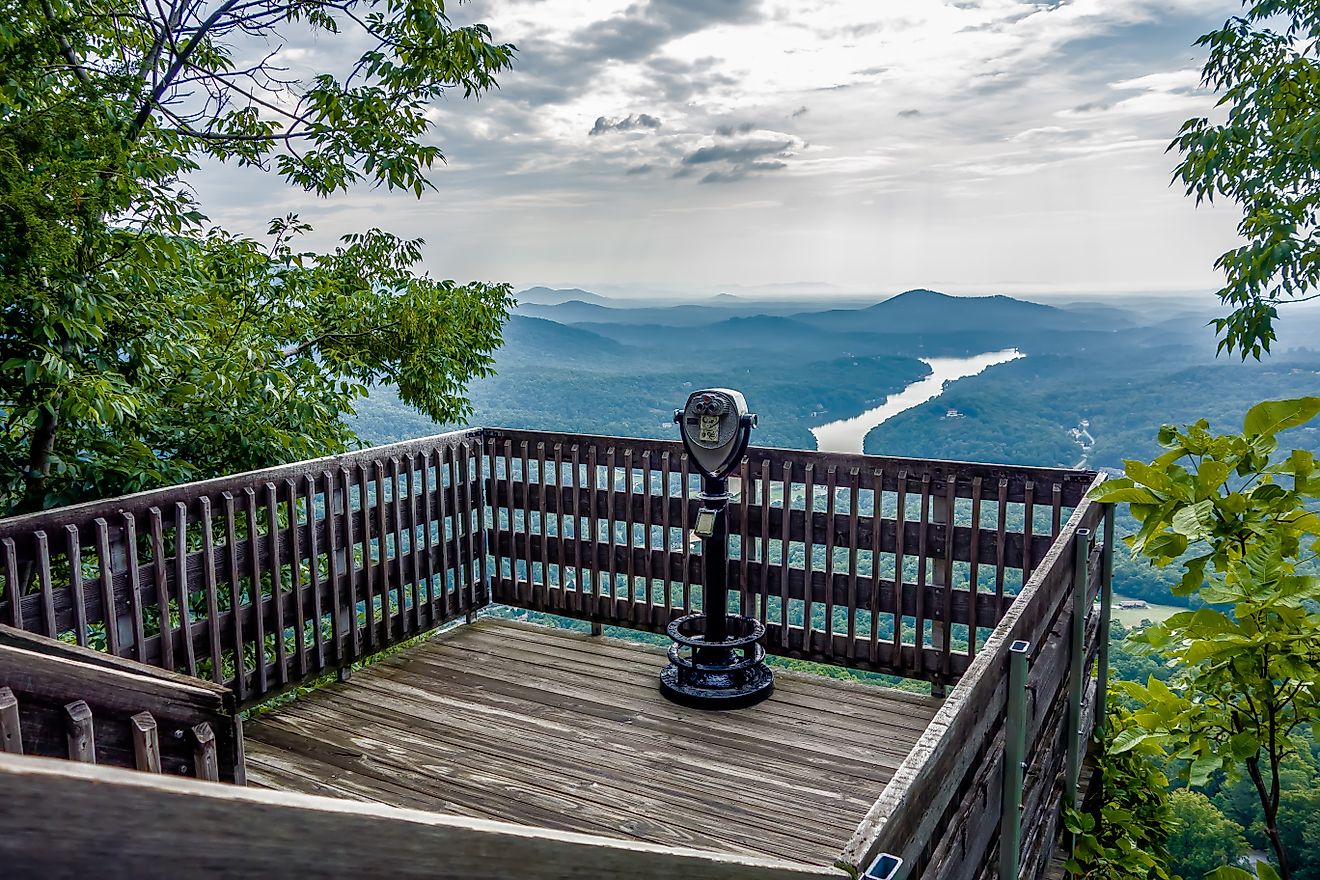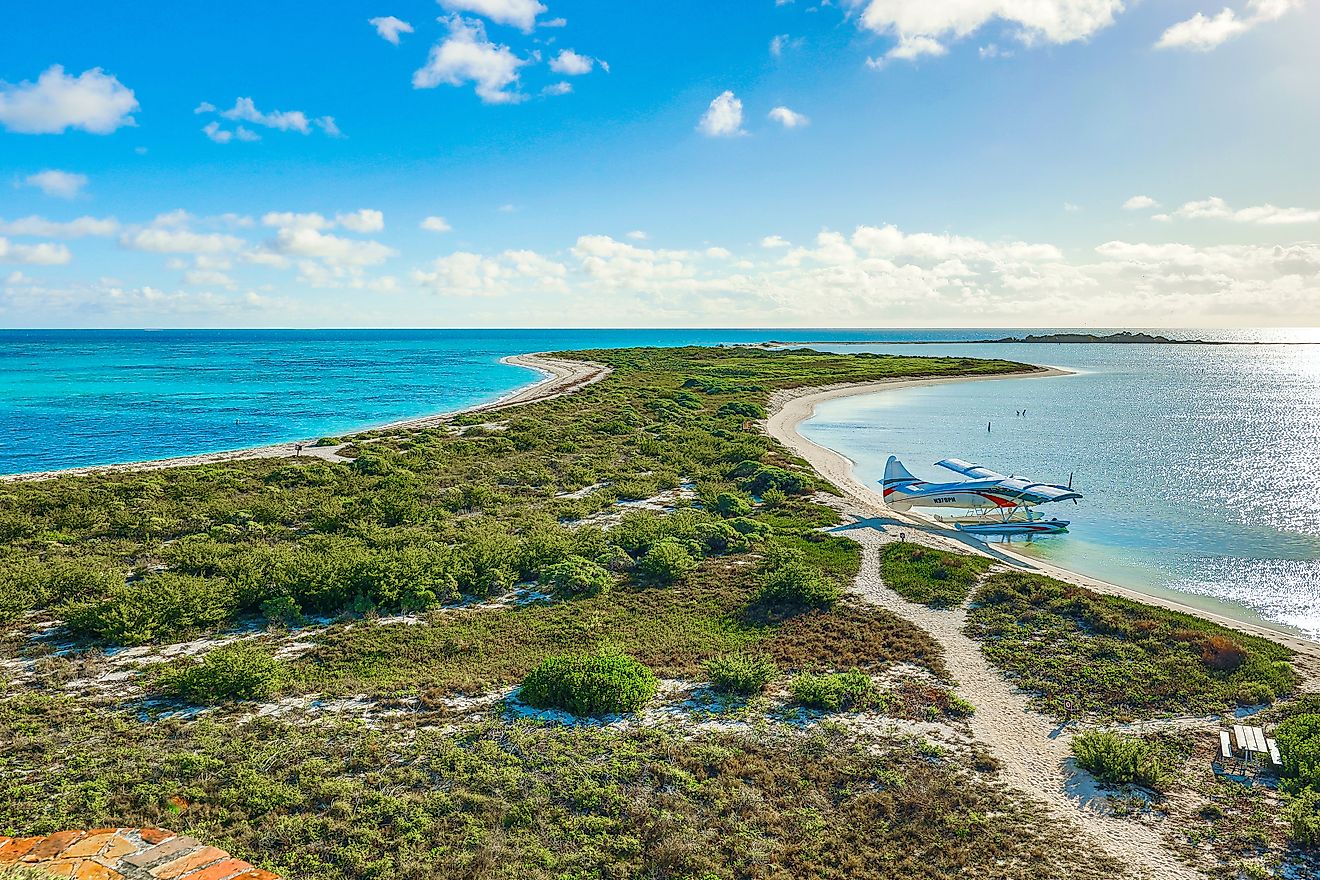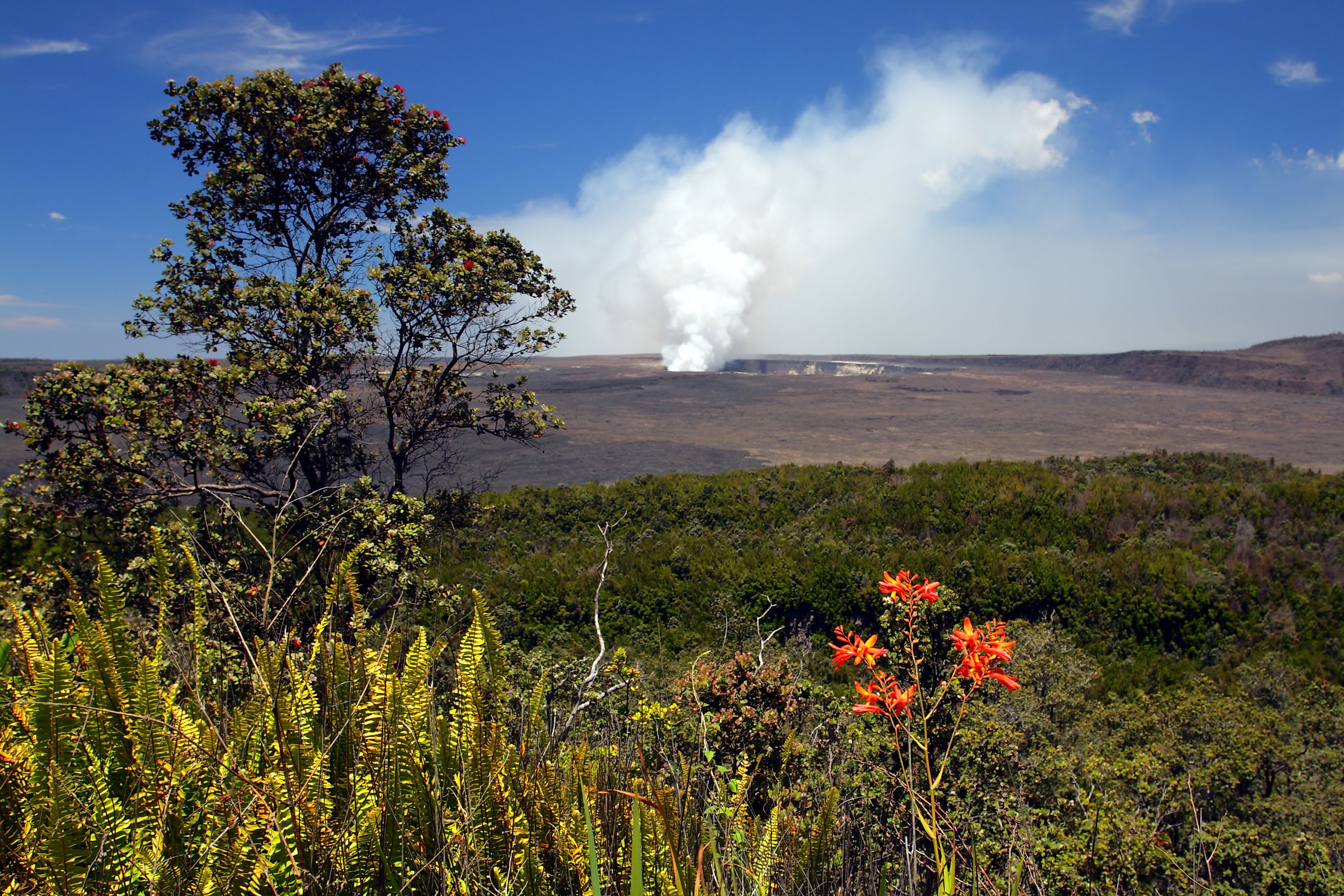
Hawaiʻi Volcanoes National Park
If there is a place where Mother Nature seems to be creating and destroying simultaneously, it's where the aloha spirit meets the primal forces beneath the Earth's crust. That place is the Hawaiʻi Volcanoes National Park.
This is not just a place where tourists gaze in awe but rather a vibrant showcase of our planet’s diversity, full of ecological marvels bolstered by the island’s rich cultural and geological history. Hawaiʻi Volcanoes National Park, a UNESCO World Heritage Site, offers a captivating journey into the heart of volcanic activity. Hawaiʻi Volcanoes National Park stands as a testament to the raw power and delicate balance of our planet's geological forces. Discover what it has for you.
History
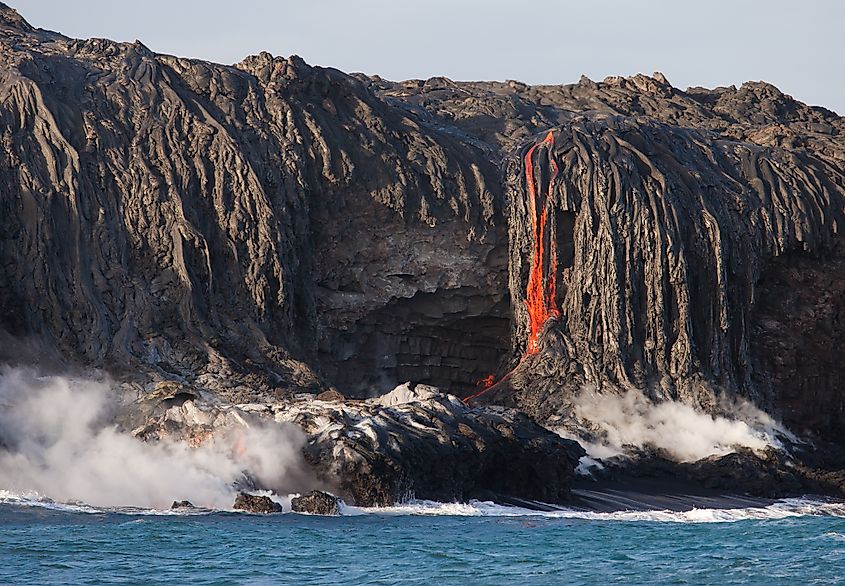
Red hot lava flowing into Pacific Ocean on Big Island, Hawaii.
Hawaiʻi Volcanoes National Park's history dates back centuries, intertwined with ancient legends of revered and vengeful volcanic deities. The late 18th century brought European explorers to the island, marking the first outside interaction with the island’s dramatic volcanic landscapes. Advocacy for the preservation and study of the island’s unique habitat and landscape led to the creation of Hawaiʻi National Park in 1916 after President Woodrow Wilson signed the House Resolution, which initially included Kīlauea and Mauna Loa.
This designation evolved into Hawaiʻi Volcanoes National Park in 1961, broadening its scope to safeguard additional regions of ecological and cultural importance. Today, the park serves as a powerful symbol of the enduring relationship between humans and the forces of nature.
The Cradle Of Creation

Situated on Hawaiʻi island, this national park is covered with lavish rainforests and is home to two of the world's most active volcanoes – Kīlauea and Mauna Loa. Kīlauea, often called "the world's only drive-in volcano," has been erupting continuously since 1983, providing a front-row seat to the extraordinary geologic events that forged the Hawaiian archipelago over millions of years.
Mauna Loa, which last erupted in 1984, is the largest active volcano on Earth, rivaled in size and grandeur only by its ill-tempered sibling. Together, these two titans are responsible for the creation of over 75% of Hawaiʻi's landmass and continue to shape the landscape to this day.
Diverse Habitats
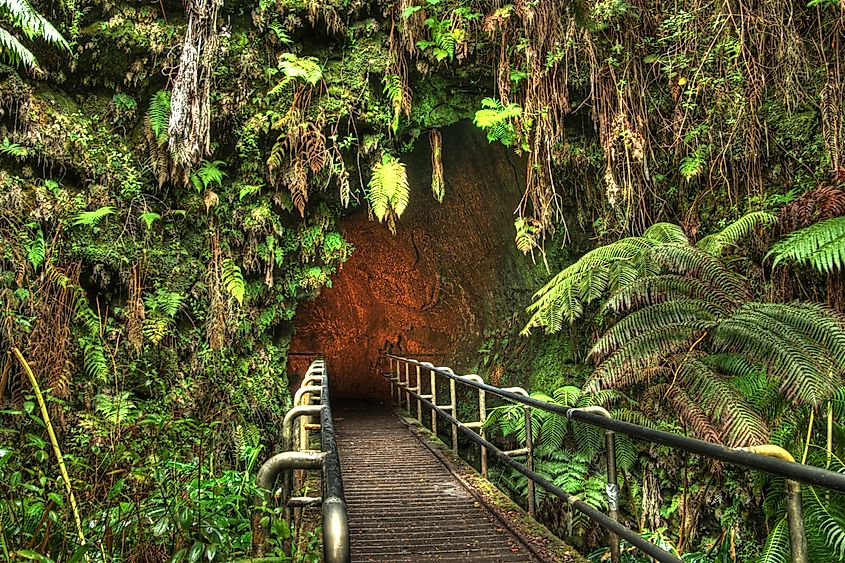
The Hawaiʻi Volcanoes National Park’s 333,000 acres contain diverse habitats. Here, you can witness landscapes ranging from lush rainforests and alpine deserts to sulfur banks and barren expanses of hardened black lava. Each of these environments shelters a unique array of flora and fauna, many of which are found nowhere else on Earth.
The native ʻŌhi‘a lehua tree that produces a stunningly bright red blossom, the endangered nene goose, and the happy-faced spider are among the uncommon treasures in the park.
The summit regions of Kīlauea and Mauna Loa are shrouded in misty forests dominated by native species such as ʻōhiʻa lehua trees, hapuʻu ferns, and native birds like the ʻapapane and ʻiʻiwi.
The coastal regions are home to rare wildlife, including the endangered Hawaiian monk seal and the elusive nēnē, or Hawaiian goose. Endangered coral reefs thrive in these crystal-clear waters along the coastline, giving one a glimpse into the wildlife that flourishes in this volcanic area.
Local Beliefs

What sets Hawai'i Volcanoes National Park apart is not just its fiery heritage. The holiness is ascribed to the land by the native Hawaiians, who believe that the goddess of fire, wind, and volcanoes are in Hawaiian mythology. Pele is said to reside within the fiery pits of Kīlauea, where she shapes the island with her power, capable of great acts of creation and destruction; thus, offerings are made to the goddess to calm her fiery temperament and safeguard those living in her realm. The park's unique blend of natural history, indigenous customs, and unparalleled scenery is an invitation to explore and connect deeply with the land.
These local beliefs remind us of the sacredness of the land and the need to approach it with reverence and respect.
Tourism

Every year, the park welcomes over two million visitors who flock there to witness the raw power and beauty of nature. Guided tours, hiking trails, and scenic overlooks offer visitors the chance to explore the park's wonders up close, from the summit of Kīlauea to the barren lava fields of the coast.
You can also go on a range of different adventures, from treks across the barren crater floors, where steam vents hiss and glow with otherworldly heat, to exploring the lush rainforests of the summit regions, where serene hidden waterfalls await around every bend. If you want a more laid-back experience, the park offers a network of scenic and comfortable drives that offers visitors to take in the jaw-dropping landscapes from the luxury of their car.
There is no shortage of breathtaking vistas to behold, from Halemaʻumaʻu Crater to the rugged coastline of the Chain of Craters Road. The park is the ultimate stop for the experience of a lifetime.
Threats
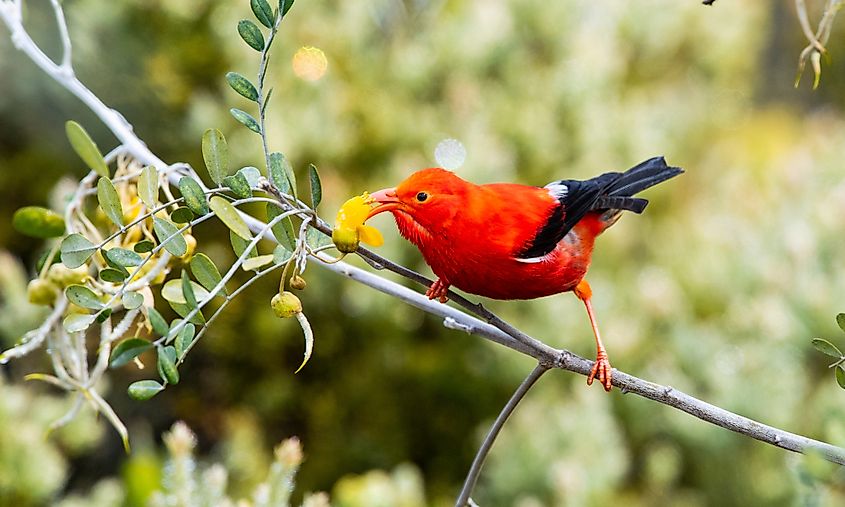
The park’s unique ecosystem has taken millions of years to develop. While it may look tenacious, it is, in fact, very delicate due to its isolated location. Invasive species, such as the voracious Himalayan blackberry and the insidious coqui frog, present a clear and present danger to the park's indigenous inhabitants. Climate change brings its suite of challenges, including rising sea levels that could claim the iconic Halemaʻumaʻu Crater. These are not distant concerns but immediate, existential threats that the park and its guardians must face with resolve.
Battling the Invasives
Efforts to control and eradicate invasive species are ongoing, often relying on the help of volunteers and community organizations. The fight against non-native plants and animals is crucial in maintaining the delicate balance of the native ecosystem and safeguarding the park's status as a UNESCO World Heritage Site.
Climate Resilience
The park is also at the forefront of climate change research and management. Engaging with ongoing studies, supporting sustainable practices, and advocating for policies that mitigate global warming are all part of a comprehensive strategy to protect the park's resources for future generations.
Leaving Footprints in the Volcanic Sands
If you are lucky enough to make this journey to this remarkable place, the memories and the impact can be long-lasting. Hawaiʻi Volcanoes National Park stands as a testament to the power and beauty of our planet's geological forces. From its diverse habitats to its unparalleled uniqueness, from the crowds of tourists, it attracts to the lurking threats it faces, the park offers a glimpse into the dynamic but delicate mate of nature's forces.

